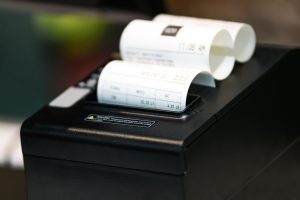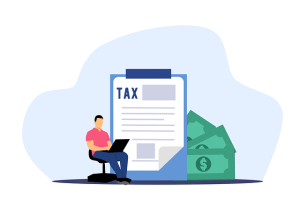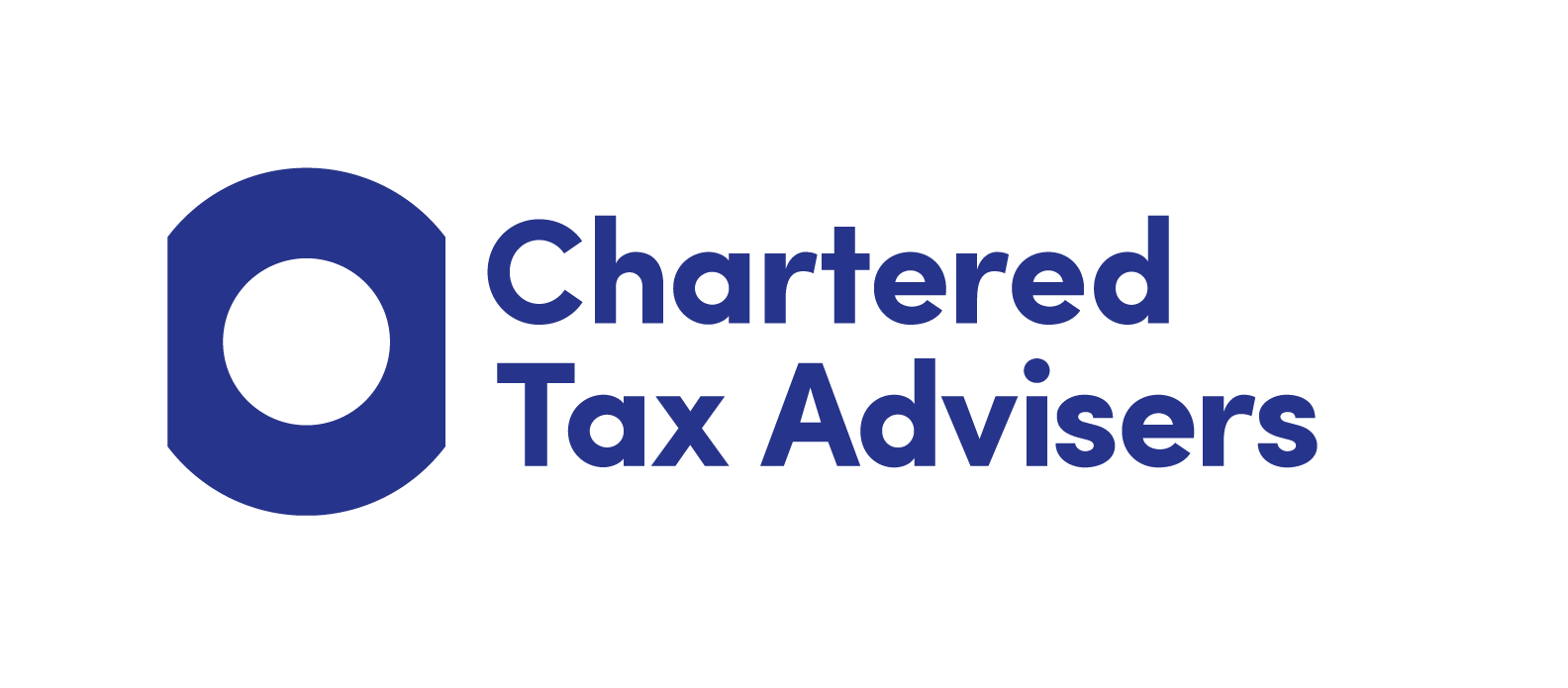Blog
Posted November 4, 2025
Your VAT Invoice Checklist: What to Check Before Claiming Input VAT
When you’re preparing your VAT return, it’s tempting to rush through the pile of invoices and receipts. However, HMRC is increasingly vigilant about VAT claims, and holding an invalid invoice could mean your input VAT claim is rejected during an inspection. This could result in additional tax, interest, and potentially penalties.
Here’s your essential guide to checking whether you hold a valid VAT invoice before claiming that input tax.
 Why This Matters
Why This Matters
You can only reclaim VAT on your return if you hold valid evidence. An invoice that’s missing key information isn’t just poor record-keeping- it means you have no legal right to reclaim that VAT. If HMRC challenges your claim and your invoice doesn’t meet the requirements, you’ll have to repay the VAT you claimed, even if you genuinely paid it to your supplier.
The Essential Checks: Your VAT Invoice Validation Checklist
Before you include any invoice in your VAT return, verify it contains all of the following:
-
Supplier’s VAT Registration Number
What to check: Look for a 9-digit VAT number (sometimes with ‘GB’ prefix) clearly shown on the invoice.
Why it matters: If your supplier isn’t VAT-registered, they shouldn’t be charging VAT. You can verify VAT numbers on HMRC’s online service if you’re unsure.
Red flag: Missing VAT number, incorrect format, or a number that doesn’t validate.
-
Supplier’s Full Details
What to check: The supplier’s business name and address must be clearly stated.
Why it matters: HMRC needs to be able to identify who supplied the goods or services.
Red flag: Just a trading name without a full address, or vague location details.
-
Unique Invoice Number
What to check: Every invoice should have a unique sequential number (for example: INV-2024-001).
Why it matters: This helps prevent duplicate claims and allows invoices to be tracked.
Red flag: Duplicate invoice numbers, missing numbers, or non-sequential numbering that might suggest irregularities.
-
Invoice Date
What to check: A clear date showing when the invoice was issued.
Why it matters: This establishes the tax point- the period in which you can claim the VAT.
Red flag: Missing dates or dates that don’t align with when goods/services were supplied (without explanation).
-
Your Business Details
What to check: Your business name and address should appear on the invoice.
Why it matters: The invoice must prove the supply was made to your business. If you own multiple companies, you must claim VAT in the company it was invoiced to.
Red flag: Generic invoices with no customer details, or invoices addressed to someone else.
-
Clear Description of Supply
What to check: A description of what goods or services were provided.
Why it matters: HMRC may challenge whether the purchase was for business purposes. Vague descriptions make this difficult to justify.
Red flag: Descriptions like “miscellaneous items” or “various services” without further detail.
Professionals are notorious for this- ask them to reissue the invoice with an actual description of the services rendered rather than a description saying “professional services rendered.”
-
Quantity and Price
What to check: The quantity of goods/services and the unit price (excluding VAT).
Why it matters: You need to demonstrate what you paid for and that the VAT calculation is correct.
Red flag: Missing quantities, unclear pricing, or incorrect calculations.
-
VAT Rate Clearly Shown
What to check: Each line item should show which VAT rate applies (20% standard rate, 5% reduced rate, or 0% zero rate).
Why it matters: Different supplies attract different VAT rates. You need to know the correct rate was charged.
Red flag: No VAT rate shown, or incorrect rates for the type of supply.
-
Separate VAT Amount
What to check: The amount of VAT charged must be shown separately from the net amount.
Why it matters: This is what you’re claiming back. It must be clearly identifiable.
Red flag: A total amount with no VAT breakdown, or unclear VAT calculations.
-
Total Amount Payable
What to check: The final amount including VAT should be clearly stated.
Why it matters: This allows you to reconcile what you actually paid against what’s shown on the invoice.
Red flag: Calculations that don’t match the sum of net amount plus VAT.
 Special Cases to Be Aware Of
Special Cases to Be Aware Of
Simplified Invoices (Under £250 including VAT)
For retail-style supplies under £250, suppliers can issue simplified invoices that don’t require your business details. However, all other information must still be present, including the VAT-inclusive total and the VAT rate.
Modified Invoices (£250-£1,000 including VAT)
These can omit the customer’s name and address but must include everything else.
Digital Receipts and Till Receipts
Many businesses now receive emailed receipts or till receipts. These are valid provided they contain all the required information. Don’t assume a professional-looking receipt is automatically valid- check it contains all the elements above.
Self-Billing
If you operate a self-billing arrangement, ensure you have written authorisation from your supplier and that your self-billed invoices meet all the standard requirements.
What About Expenses Below £250?
Even for smaller expenses, you still need valid evidence. While the documentation requirements are slightly relaxed (simplified invoices), you must still be able to prove:
- The VAT was charged
- How much VAT was charged
- The supplier is VAT-registered
- The expense was for your business
Common Mistakes That Could Cost You
Claiming VAT from non-VAT registered suppliers: Just because someone charges you “VAT” doesn’t mean they’re entitled to. Always check the VAT number when you take on a new supplier.
Using pro-forma invoices: These are not valid tax invoices. They will often even say “this is not a valid tax invoice” on them and they amount to merely a request for payment. Wait for the proper VAT invoice before claiming.
Relying on statements: A monthly statement isn’t sufficient. You need the actual invoices.
Credit card/debit card receipts: Card payment receipts almost always lack the necessary detail. Request a proper VAT invoice.
Invoices from outside the UK: Different rules apply to imports and overseas supplies. Seek specific advice on these transactions.
Best Practice: Build It Into Your Process
Don’t wait until VAT return time to check your invoices. Build validation into your routine:
- Check immediately: When an invoice arrives, verify it’s complete before filing it.
- Request corrections promptly: If something’s missing, ask your supplier to issue a corrected invoice while the transaction is fresh.
- Keep digital and physical copies: Store invoices securely for at least six years.
- Use OCR recognition software in conjunction with your bookkeeping software: Such as HubDoc, Dext, AutoEntry, or Expensify. Some packages can flag incomplete invoices automatically.
- Regular reviews: Periodically audit your invoice files to ensure compliance standards are maintained.
What If You Discover Invalid Invoices?
If you find you’ve claimed VAT on invalid invoices:
- Contact the supplier immediately to request a valid invoice
- Adjust your VAT return
- If you’ve already submitted your VAT return, and the total errors are £10,000 or less, adjust your next VAT return
- If the errors are above this limit, consult your accountant; you may need to make a voluntary disclosure to HMRC
- Don’t panic- errors happen, but it’s better to correct them proactively
The Bottom Line
A few minutes checking each invoice can save hours of problems later. HMRC has the right to inspect your records at any time, and they’ll expect to see proper VAT invoices supporting every claim you’ve made.
Think of your invoice validation process as an insurance policy- it protects your business from unexpected VAT assessments, penalties, and the administrative headache of disputing rejected claims.
When in doubt about whether an invoice is valid, don’t claim the VAT. Instead, seek clarification from your supplier or contact us for professional advice. It’s always better to be cautious than to face a challenging conversation with HMRC later.
Need help reviewing your VAT processes or concerned about your invoice records? Get in touch with our team for a confidential discussion about your VAT compliance.
SERVICES
LATEST NEWS
CATEGORIES
- Blog (148)
- Business Advice (50)
- Just For Fun (17)
- Tax Tips (38)
- Video (8)











